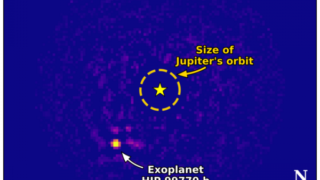
MI weekly selection #510
Colour-changing dressing to aid in wound monitoring A wound dressing composed of a nanocellulose mesh with bromthymol blue dye that changes from yellow to blue when the wound has become infected has been developed. Being able to see instantly whether a wound has become infected, without having to lift the dressing, opens up for a […]








